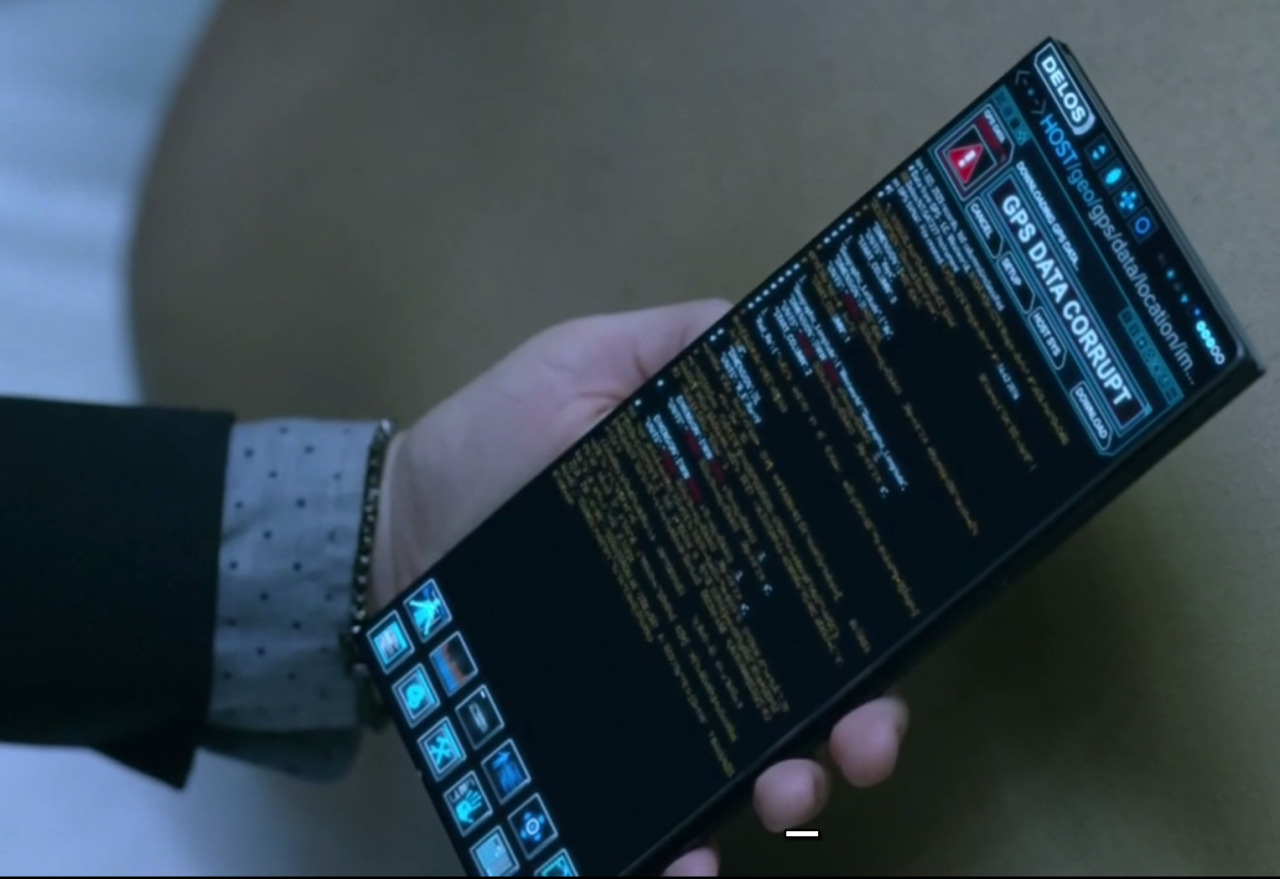Howdy, Stranger!
It looks like you're new here. If you want to get involved, click one of these buttons!
Categories
In this Discussion
Participants: Ben Allen * Stephanie August * Damon Loren Baker * Theo Ellin Ballew * Ivette Bayo Urban * John Bell * Paisley Benaza * Kathi Berens * David Berry * Sayan Bhattacharyya * Christina Boyles * Gregory Bringman * André Brock * Ron Burkey * Evan Buswell * Sarah Ciston * Eileen Clancy * Tara Conley * Krystal Cooper * Ranjodh Dhaliwal * Anthony Di Franco * Craig Dietrich * Jeremy Douglass * Kevin Driscoll * William Dyson * Brandee Easter * Martin Erwig * Schuyler Esprit * Max Feinstein * Todd Furmanski * Geoffrey Gimse * Erin Glass * Rochelle Gold * Catherine Griffiths * Ben Grosser * Fox Harrell * Sydette Harry * Brendan Howell * Nazua Idris * Jessica Johnson * Waliya Yohanna Joseph * Ted Kafala * Dorothy Kim * Corinna Kirsch * Steve Klabnik * Shelly Knotts * Peter Kudenov * Fidelia Lam * Liz Losh * Thor Magnusson * Jim Malazita * Judy Malloy * Zach Mann * Mark Marino * Lauren McCarthy * Irma McClaurin * Patrick McDonnell * Tara McPherson * Todd Milstein * Nick Montfort * Mark Neal * Safiya Noble * Keith O'Hara * David Ogborn * Allison Parrish * Ali Pearl * Gerol Petruzella * Andrew Pilsch * Samuel Pizelo * Jessica Pressman * Helen Pritchard * Daniel Punday * Kristopher Purzycki * Harvey Quamen * Amit Ray * Margaret Rhee * Lisa Rhody * Scott Richmond * Teddy Roland * Jamal Russell * Anastasia Salter * Mark Sample * Evan Schauer * Ari Schlesinger * Mehdy Sedaghat Payam * Ash Smith * Winnie Soon * Glen Southergill * Mel Stanfill * Samara Hayley Steele * Nikki Stevens * Tonia Sutherland * Miriam Sweeney * Ezra Teboul * Daniel Temkin * Dennis Tenen * Marilyn M. Thomas-Houston * Elizabeth Timbs * Giuseppe Torre * Rebecca Uliasz * Annette Vee * Sneha Veeragoudar * Ashleigh Wade * Kurt James Werner * Jacque Wernimont * Zach Whalen * Roger Whitson * Roger Whitson * Michael Widner * Jody Zellen * Kai Zhang
Coordinated by Mark Marino (USC), Jeremy Douglass (UCSB), Catherine Griffiths (USC), Ali Rachel Pearl (USC), and Teddy Roland (UCSB). Sponsored by the Humanities and Critical Code Studies Lab (USC), and the Digital Arts and Humanities Commons (UCSB).
#critcode Tweets
Gender and Programming Culture: Representing Code in Movies with Female Programmers
Given the recent critical success of the film Hidden Figures, it might be useful to facilitate discussion about how female programmers appear in a range of motion pictures from mainstream movies like The Net to more art house-oriented offerings like Lynn Hershman Leeson's Conceiving Ada. Streaming video services like Netflix have also presented female programmers who appear in series designed for niche audiences, such as Halt and Catch Fire. How much code is visible and open to critique in these media representations? If code is denied its potential starring role in these Hollywood vehicles, does its obfuscation say anything?

Comments
There's quite a bit of code-like text in Westworld (speaking here of HBO's TV/Internet version, not the film).
Here's a handful of code by Elsie Hughes.

Not quite legible. I'm not sure we ever get to read her code.
Spoiler
Now, Elsie is eventually killed off, or is she? There's an easter egg. that suggests she's still alive.
Of course, much to talk about in the programming of Westworld, including an autonomous agent who gets to see the code that's generating her sentences. But perhaps that should be saved for a different thread.
Great examples!
A general resource for more examples of how code is represented in film and TV (and what it refers to, or doesn't) is the MovieCode site by John Graham-Cumming. Since it launched in Jan 2014 it has collected over 300 examples of code screenshots paired with source references or observations on the true nature of the content. For a recent example highly relevant to this week, it notes that Valerian and the City of A Thousand Planets showcases snippets of Apollo source code.
One of its very first examples was The Girl with the Dragon Tattoo. It is an interesting example because it is of the more unusual "realist" type, where the Lisbeth Salander uses actual SQL to write actual police database queries. One game of the site, however, is partly to laugh at Hollywood and the inaccuracy or silliness with which it represents code -- and this can sometimes read as condescending to the films, characters, and/or audiences:
Another recent documentary film of interest (which I have not yet seen) is CodeGirl (2015).
Another interesting approach for sources and examples of that represent female programmers might be TVTropes lists of sources. I haven't dug through any of them, but some of the tropes with example lists most likely to contain code-on-screen are:
I find the representations in Mr. Robot particularly interesting, as there's both a sense of fidelity to representing code / software / interfaces with a level of accuracy within that show as a text, and some gender inclusivity within those representations.
Here's a few relevant links on the depictions within Mr. Robot:
https://nerdist.com/the-ladies-of-mr-robot-on-hacking-swearing-and-season-2/
http://www.refinery29.com/2017/11/182026/carly-chaikin-mr-robot-season-3
https://www.theatlantic.com/entertainment/archive/2015/07/mr-robot-usa-gender-politics/399422/
The film “Hidden Figures” was groundbreaking as it was a box office hit and critically acclaimed and featured women of color. In our Week 1 thread @JudyMalloy listed Margaret Hamilton, or African American Dorothy Vaughan, or Dame Wendy Hall, or Mary Ann Horton (transgender), or Asian American Michelle X. Zhou as notable women we should know about in programming culture. More women’s stories need to be told and represented in film and television to change the ratio. Hollywood can start with Margaret Hamilton.
Just like there is a genre of movies like “war film” or what we refer to in journalism and mass communication doctoral studies as “master war narrative” perhaps there could be one for women programmers. Clearly, there is no shortage of women’s stories in programming that the public has yet to discover. (This working group is a treasure trove for a show runner or film producer!) In terms of marketing and popular culture, the awareness from a box office movie or even inclusion in Netflix would do much to improve diversity of available content and exposing more young girls to STEM education and careers as possibilities. I appreciated the references to literature for Latina and Hispanic women’s inclusion in programming culture.
Moreover, there is a shift in society in terms of improved awareness of intersectionality when it comes to representation. For example, NY Post headline “School swaps Jacksons to honor ‘Hidden Figures’ pioneer” stated, “A Salt Lake City school named after President Andrew Jackson will soon honor a woman pioneer in the US space program.” More here: https://nypost.com/2018/02/08/school-swaps-jacksons-to-honor-hidden-figures-pioneer/
More on the impact of “Hidden Figures” on popular culture: https://www.forbes.com/sites/scottmendelson/2017/03/16/why-its-a-big-deal-that-hidden-figures-topped-200m-worldwide/
In reference to the inequality and sexism in Hollywood, the USC Annenberg Inclusion Initiative released their annual study in 2017, titled Inequality in 900 Popular Films.
The study, released in summer 2017, reveals how little top-grossing movies have changed when it comes to the on screen prevalence and portrayal of females, underrepresented racial/ ethnic groups, the LGBT community, and individuals with disabilities. The study is the largest and most comprehensive intersectional analysis of characters in motion picture content to date. http://annenberg.usc.edu/research/aii